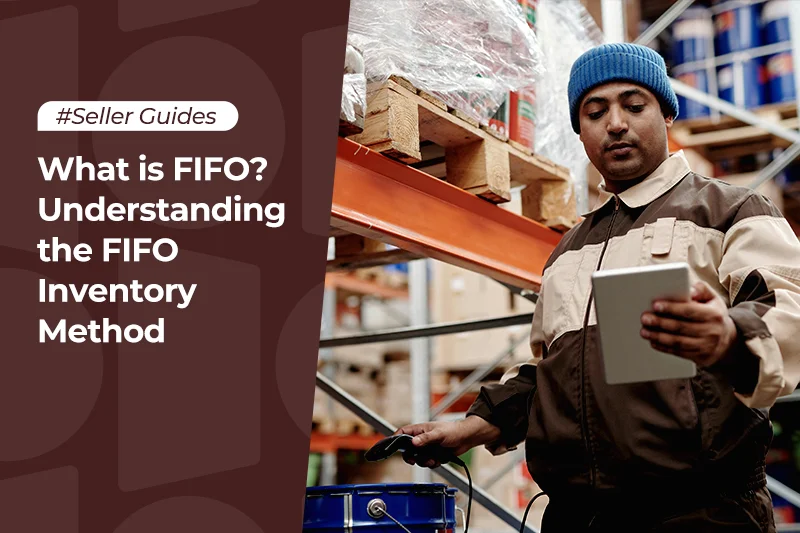Abandoned Cart Emails Lead to Conversions: 8 Practical Tips

Table of Contents
Introduction:
In the world of ecommerce, one of the greatest challenges lies in converting potential customers into paying ones. Despite robust traffic and engaging products, a significant portion of sales is lost due to cart abandonment. Studies indicate that over 70% of online shopping carts are abandoned before the transaction is completed, highlighting a critical area for improvement in ecommerce strategies. This article delves into the effectiveness of abandoned cart email campaigns as a powerful tool for recovering lost sales and boosting revenue for online businesses.
Why Invest In Abandoned Cart Emails?
- Better deals elsewhere: Research indicates that customers often abandon their carts if they find better deals or incentives on competitor websites. Addressing this issue through targeted email campaigns can help retain customers and prevent them from seeking alternatives.
- High shipping costs: Unexpected fees or high shipping costs at checkout can deter customers from completing their purchase. According to a study by Baymard Institute, 55% of shoppers abandon their carts due to high extra costs. By offering incentives or providing transparent shipping cost estimates, businesses can reduce cart abandonment rates.
- The customer isn't ready: Some customers may be browsing or not yet ready to commit to a purchase. Abandoned cart emails serve as a gentle reminder and provide an opportunity to re-engage with these potential customers.
Is It Legal To Send Abandoned Cart Emails?
While abandoned cart emails are a common practice in ecommerce, it's essential for sellers to consider legal and ethical considerations. Businesses should ensure compliance with relevant regulations, such as GDPR in Europe, and obtain consent from customers before sending marketing emails.
How Do Abandoned Cart Emails Work?
Abandoned cart emails work by automatically sending personalized messages to customers who have added items to their shopping cart but haven't completed the purchase. These emails typically include details of the abandoned items, personalized recommendations, and incentives to encourage customers to return and complete their purchase.
8 Key Considerations for Abandoned Cart Emails:
1. Remind them of their items:
Emphasize the importance of reminding customers about the items left in their cart and reiterating the value proposition.
2. Craft compelling subject lines:
Research suggests that emails with personalized subject lines are 26% more likely to be opened. Craft subject lines that grab the recipient's attention and encourage them to open the email.
3. Write persuasive copy:
Utilize persuasive and engaging language to entice customers to revisit their abandoned carts and complete their purchase.
4. Personalize subject line and copy:
Tailor the subject line and email content to reflect the customer's browsing history, preferences, and purchase behavior. According to a study by Experian, personalized emails deliver 6x higher transaction rates.
5. Incorporate social proof:
Incorporate social proof such as customer reviews and testimonials to build trust and credibility. According to BrightLocal, 87% of consumers read online reviews before making a purchase.
6. Include a clear call-to-action (CTA):
Include a clear and compelling CTA that prompts customers to take immediate action, such as returning to their cart or exploring related products.
7. Optimize for mobile:
Ensure that abandoned cart emails are optimized for mobile devices to reach customers on the go and provide a seamless user experience.
8. Send promptly:
Time is of the essence when it comes to abandoned cart emails. Send reminders promptly after the cart is abandoned to maximize the chances of conversion.
How to Automate Abandoned Cart Emails
1. Choose the Right Software:
Selecting suitable software is essential for automating abandoned cart email campaigns. You'll need:
- An email service provider (ESP) for creating, sending, and tracking emails.
- An ecommerce platform equipped with features to track cart abandonments.
2. Set Up Triggers:
Utilize triggers within your ecommerce platform to automatically generate emails whenever a customer abandons their cart. This can be achieved through webhooks, enabling real-time event tracking and notification transmission to your ESP.
3. Configure Abandoned Cart Email Sequences:
Create a sequence of abandoned cart emails to be triggered if the customer doesn't convert immediately. Each email in the sequence should serve a specific purpose:
- First Email: Serve as a gentle reminder to the customer, highlighting the items left in their cart and inquiring about any checkout issues.
- Second Email: Instill a sense of urgency by mentioning low stock availability, cart expiration, or time-limited offers.
- Third Email: Offer incentives or discounts to overcome potential hesitations and encourage conversion.
4. Find the Right Software:
Explore ecommerce platforms equipped with dedicated tools for abandoned cart recovery. For instance:
- BigCommerce's Abandoned Cart Saver: This integrated tool sends customizable email invitations to customers who abandon their carts. It offers features such as coupon integration to incentivize customers to complete their purchases. Additionally, it allows businesses to set up and schedule multiple follow-up emails for increased engagement.
Conclusion:
Abandoned cart emails represent a valuable opportunity for ecommerce businesses to recover lost sales, re-engage with potential customers, and ultimately boost revenue. By implementing data-driven strategies and leveraging insights from research, businesses can optimize their abandoned cart email campaigns and capitalize on missed opportunities for growth in the competitive ecommerce landscape.
Start your borderless business here
Tell us about your business and stay connected.
Keep up with the latest from Alibaba.com?
Subscribe to us, get free e-commerce tips, inspiration, and resources delivered directly to your inbox.















